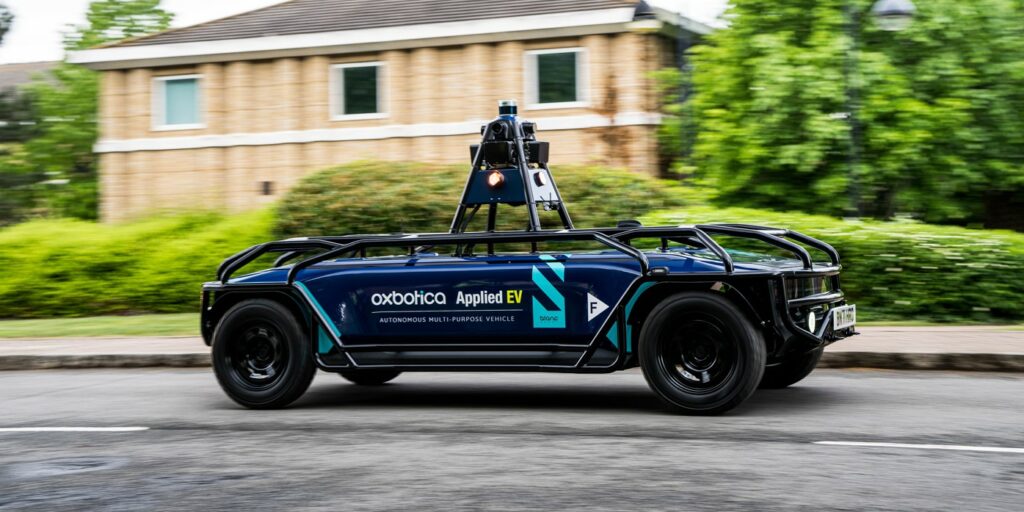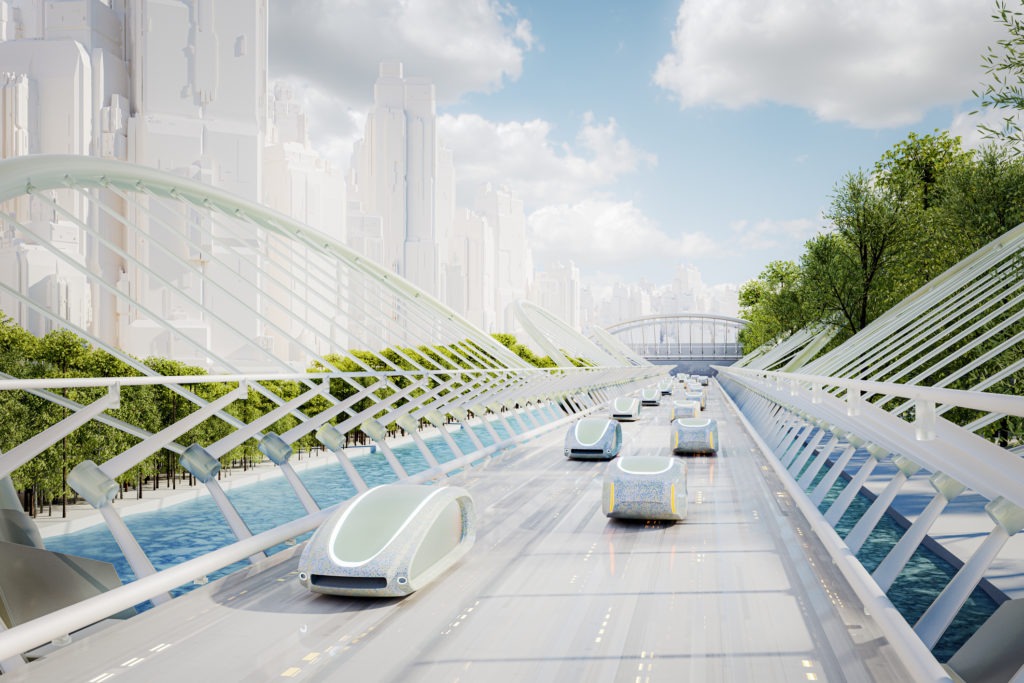Oxbotica advances autonomous-vehicle software for commercial applications
01 November 2022

Self-driving hardware exists as a physical proof of concept, but it is software that determines a vehicle’s autonomous capabilities. Autovista24 deputy editor Tom Geggus considers the commercial application of these systems with Oxbotica.
Covered in sensors, packed with computers, and sometimes lacking conventional items such as a steering wheel, autonomous vehicles are visually striking. However, without the necessary software, these futuristic concepts would only exist as stationary monuments to a science-fiction fantasy.
In recent years, carmakers have increased their development and deployment of lower-level autonomous technology, such as advanced driver-assistance systems (ADAS). But the more capable systems, which require little to no human interaction, have enjoyed greater success within the commercial-vehicle sector.
One company looking to accelerate the adoption of self-driving vehicle technology is Oxbotica. Based in Oxfordshire, UK, the firm is working to change the way people and goods move by writing and supplying autonomous-vehicle software. Speaking with Autovista24, Oxbotica’s founder and CTO, Paul Newman, unpacked how the company is doing this.
Three pillar products
Oxbotica currently offers three products. The first is Oxbotica Driver, a full-stack autonomy system that is applied to a vehicle platform, enabling its operation. Newman explained that a central feature of this technology is its universal application.
‘Oxbotica Driver is a software that sits on a vehicle of any type,’ he said. ‘An industrial vehicle, a mining vehicle, a shuttle, a last-mile delivery vehicle, it does not matter. It processes sensor data and allows that vehicle to move safely in a low-energy way, through arbitrary environments.’
The second product is Oxbotica Cloud, which connects autonomous vehicles to existing fleet-management platforms. This gives the likes of logistics and transport operators the ability to assign tasks, acquire data, and monitor energy usage, for example.
Thirdly, MetaDriver enables the development of software at pace through verification and validation. Equipped with advanced artificial intelligence, the metaverse-situated suite of tools creates challenging virtual simulations to test autonomous software.
Purposeful partnerships
These products have led Oxbotica to establish purposeful partnerships and projects spanning numerous industries. From mining companies in Canada, to last-mile delivery operations in the UK, and passenger-shuttle services across the world, the commercial applications of Oxbotica’s systems are vast.
Working alongside Australia-based AppliedEV, in May this year, Oxbotica ran Europe’s first on-road, zero-occupancy autonomous vehicle journey. This project highlighted the potential of autonomous vehicles to the public and major stakeholders. It also illustrated what can be achieved through collaboration, as AppliedEV also supplies vehicles to some of Oxbotia’s partners.

‘Oxbotica is an ecosystem builder, we absolutely do not want to boil oceans because boiling is hard and oceans are big, and that seems really dumb. Far better to float on them and do amazing things and be lifted by the tide of everybody else,’ Newman said.
Self-driving success
So where can all this advanced technology and collaborative effort best be utilised? Newman does not believe that passenger cars or taxis will be the initial areas to benefit from this development, although this will happen eventually.
Not being overly focused on roads means that Oxbotica is very flexible when it comes to diverse commercial use cases. ‘Our Oxbotica Driver is place agnostic. So, we run exactly the same stack in a mine, as in a forest, as in an airport, as in a warehouse, as on a public road,’ Newman explained. There is also potential for deployment in cities along dedicated public transportation routes, as well as in last-mile delivery operations in select locations.
So, there are plenty of spaces for this technology to advance within, but the correct ones must be targeted first. Commercial settings contain great potential and stand to benefit immensely from autonomous vehicles, and the software that powers them.



